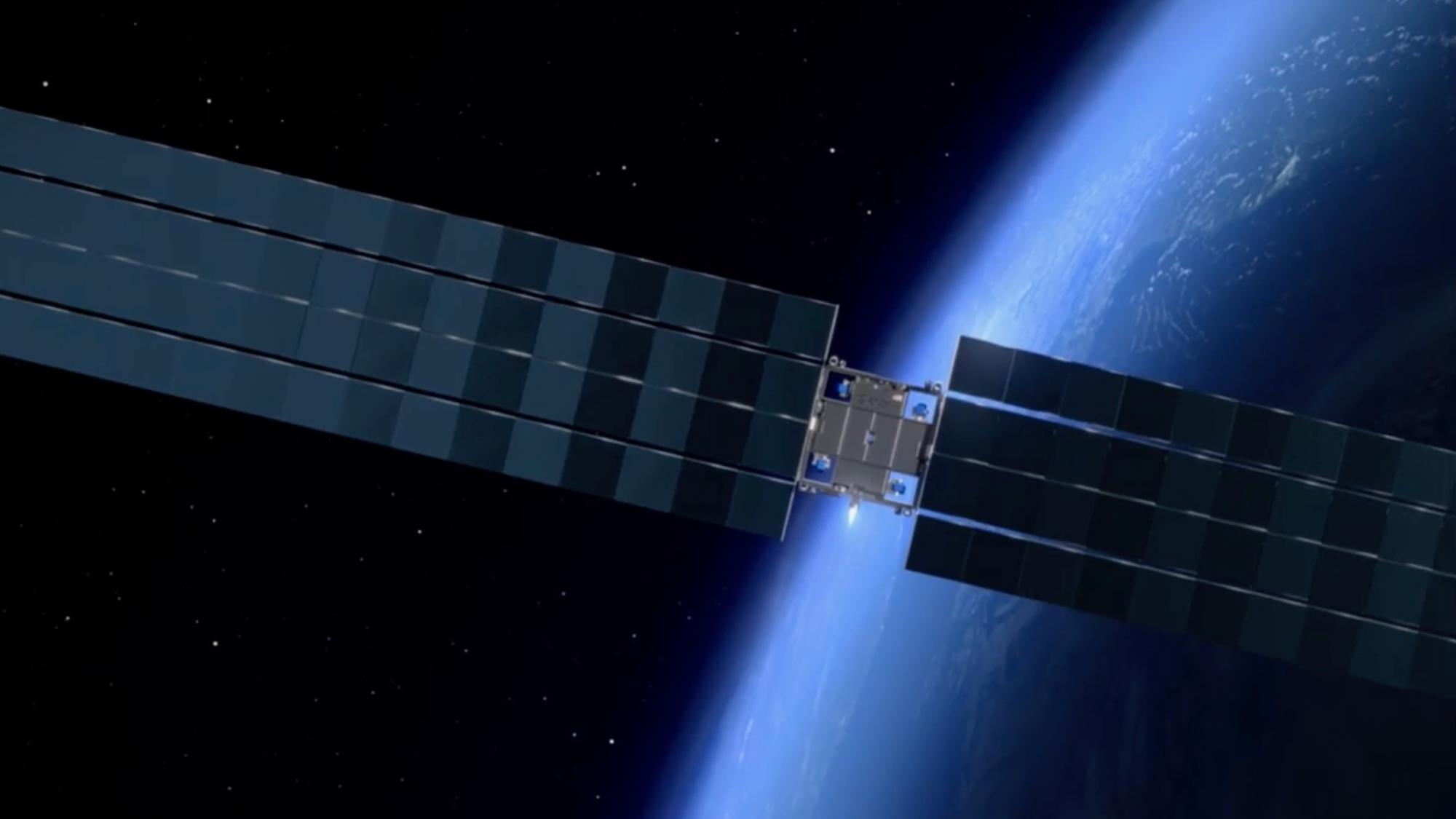Is There Gravity in Space?
Astronauts and space tourists may rhapsodize about feeling weightless duringspaceflight, but don't be fooled by the somewhat misleading term"zero-gravity." Every object in space still feels the gravitationalpull from other objects, including space travelers who imagine themselves freeof Earth's gravitational shackles.
Earth's gravityaffects everything at or near the planet's surface. We feel the force ofgravity on Earth through our mass, and that force also translates into adownward pull of 9.8 meters per second squared (32 ft/s^2).
That's why astronauts need powerful machines such as the space shuttle'smain engines and twin boosters or the Russian Soyuz rockets to travel beyondEarth's immediate gravitational tug.
How to stay up
Gravity represents the mutual attraction between two objects, and thestrength of that pull depends on both mass and the distance between theobjects. Greater mass leads to a greater gravitational pull, as anyone who hasfought to lose a few pounds knows firsthand.
By contrast, greater distance leads to rapidly diminishing gravitationalpull. But where the space station roams, some 220miles (354 km) up, the force of gravity is still about 90 percent what it ishere on the surface. Earth's gravity is still pulling down on astronautsin orbit.
A spacecraft or space station can counter Earth's downward pull bycreating enough horizontal speed so that it continually slides sideways as itsimultaneously falls toward the planet, creating an orbit. For instance, thespace shuttle typically travels at a blistering 17,000 to 18,000 mph around theEarth to stay aloft. That continuous free fall around the planet givesastronauts the impression of being weightless.
Breaking space news, the latest updates on rocket launches, skywatching events and more!
Huge objects with enormous mass can make their gravitational effects feltacross much greater distances. The moon maintains a free-falling orbit aroundthe Earth, and the Earth itself remains in orbit around the massive sun. Oursun contains over 99 percent of all mass in the solar system, which explainswhy its gravitational pull has managed to snag eight planets alongwith Pluto and a host of other objects.
Jupiter, the largest planet in our solar system, has also flexed itsgravitational muscle across vast distances of space by pulling in space rocksand other debris which might otherwise threaten Earth. That has allowed Earthobservers to also witness several spectacular impacts on the gas giant, such onethat recently lefta Jovian scar the size of the Pacific Ocean.
Even asteroids and other smaller space rocks exert weak gravitationalpull. And on the flipside, some scientists have proposed using the mere mass ofspacecraft to act as gravitationaltractors that gently tug threatening space rocks out of Earth's path.
Einstein's weighty analogy
Albert Einstein proposed another way to think about gravity in space.Consider if the 3-D universe was a flat, 2-D sheet. Each object in space actslike a ball that weighs down on the space-time fabric and creates a bulgingpocket similar to a shallow depression in the ground.
That curvature of space-time has an inward falling effect on the pathsof other objects, and particularly on smaller passing objects. It's like havinga sheet stretched between two people, and watching a marble roll down into thebulge created by a large ball sitting on the sheet. More massive objects suchas blackholes create bigger bulging pockets of space-time, while tiny objects such asa spacefaring human would barely represent a dent.
So gravity may be everywhere in space, but that won't stop astronauts orothers from describing the wonderful feeling of weightlessness. Sometimes theillusion of human experience speaks volumes more than strict scientific fact.
- Top 10 Strangest Things in Space
- Video - Weightless Acrobatics in Space
- Video - Black Holes: Warping Time and Space
Jeremy Hsu is science writer based in New York City whose work has appeared in Scientific American, Discovery Magazine, Backchannel, Wired.com and IEEE Spectrum, among others. He joined the Space.com and Live Science teams in 2010 as a Senior Writer and is currently the Editor-in-Chief of Indicate Media. Jeremy studied history and sociology of science at the University of Pennsylvania, and earned a master's degree in journalism from the NYU Science, Health and Environmental Reporting Program. You can find Jeremy's latest project on Twitter.
